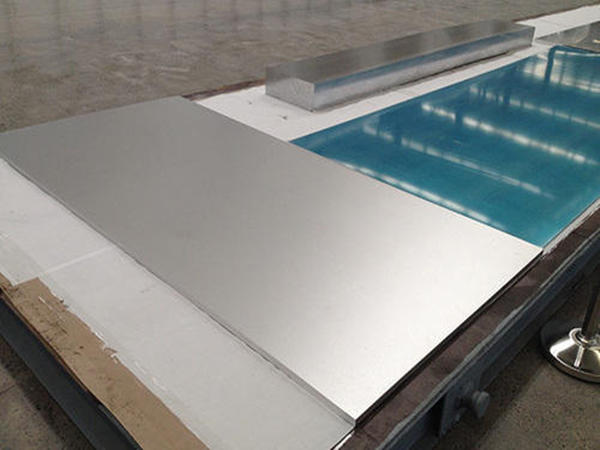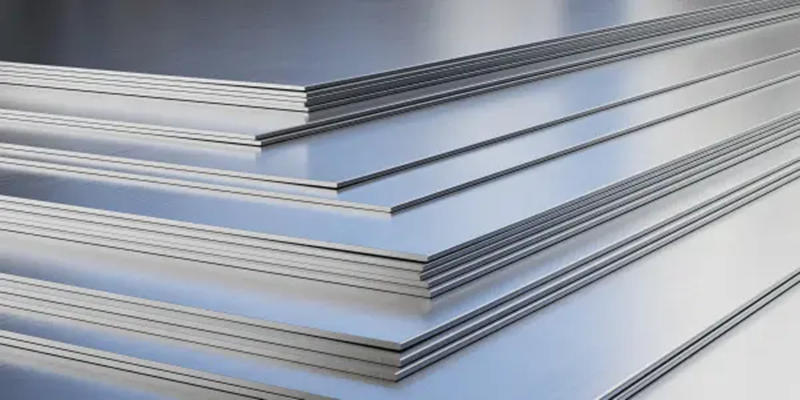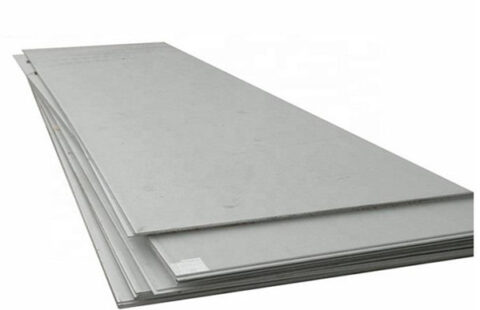
3003 H14 Aluminum
3003 H14 aluminum is a type of aluminum alloy with a composition that includes aluminum, manganese, and copper.

3003 and H14
The “3003” refers to the aluminum-manganese alloy, while the “H14” refers to the temper, which indicates the specific processing technique used to achieve certain mechanical properties.
Advantages:
The 3003-H14 is for its good formability, corrosion resistance, and weldability, making it a popular choice for many industrial and consumer applications. Such as cooking utensils, pressure vessels, architectural trim, and building products.
Additionally, the H14 temper provides good strength and annealing properties, making it a suitable material for many applications where both formability and strength are required.


3003 H14 Aluminum Sheet
The 3003-H14 aluminum sheet is available in a range of thicknesses, widths, and lengths, and it can be cut, stamped, or shaped to meet specific requirements.
It is also commonly applciation in sheet form for fabrication into various parts and components.
What is 3003 H14 Aluminum Used For?
It is a versatile material with a number of applications due to its combination of formability, corrosion resistance, and weldability.
Include:
Kitchen utensils: It is commonly used in the manufacture of kitchen utensils. Such as pots and pans, due to its good formability and resistance to corrosion.
Pressure vessels: The good formability and strength of 3003-H14 aluminum. To make it a suitable material for use in pressure vessels, such as tanks and cylinders.
Architectural trim: In the manufacture of architectural trim, such as door frames, window frames, and roofing systems. Due to its good formability and resistance to corrosion.
Building products: A popular choice for use in a range of building products. Such as siding, roofing panels, and gutters, due to its good formability, corrosion resistance, and durability.
Transportation: In the manufacture of a range of transportation products. Such as truck and trailer bodies, due to its good formability, strength, and corrosion resistance.
Electrical components: In the manufacture of electrical components. Such as conductors and transformers, due to its good conductivity and resistance to corrosion.
What is the hardness?
The hardness of aluminum can vary depending on factors such as the thickness of the material and the specific manufacturing process used.
However, in general, 3003-H14 has a hardness of around 60-70 on the Rockwell B scale.
The H14 temper of 3003 aluminum is often for applications that require good formability, so the material is typically not heat-treated to increase its hardness.
Instead, the H14 temper is achieved through a process of strain hardening, which involves applying pressure to the material to increase its strength and stiffness.
It’s important to note that the hardness of aluminum has many factors. Such as cold working, heat treatment, and other processing steps. So the hardness of a specific piece of material may differ from the general hardness range mentioned above.

